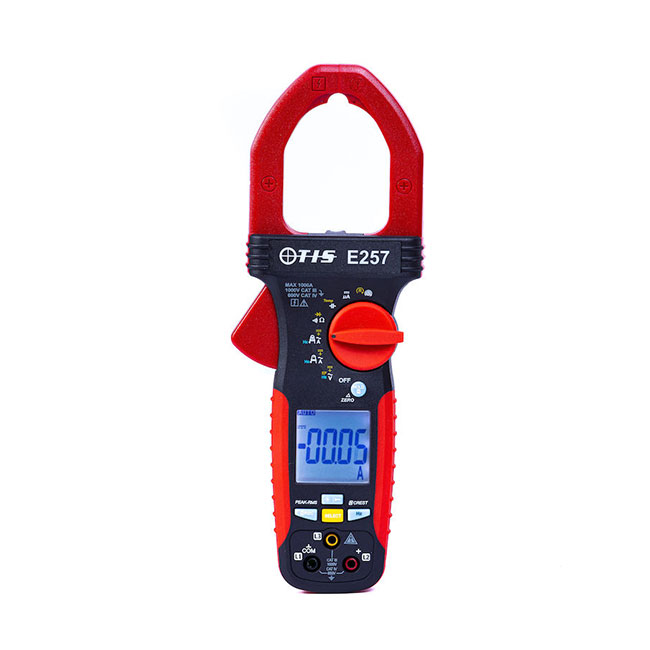
Electrical current comes in two forms: alternating current (AC) and direct current (DC). Both forms of current are essential to enable the functioning of our electrical systems, devices and equipment but there are significant differences between the two, which is important to understand.
What is AC current?
AC is the standard electrical power that comes out of our power outlets at home or in the workplace, and in simple terms this is defined as a flow of charge that exhibits a periodic change in direction, ie. an alternating change in direction. Electrical currents come from the flow of electrons which can move in two directions. Positive electrons move upwards and negative electrons move downwards.
So AC power exhibits this change in direction from positive to negative because of the electrons. This is known as a sinusoidal AC wave and is caused when AC power is created. This is primarily from an alternator at a power plant and is then sent to our homes and businesses via the national grid.
Alternators create AC power by spinning a wire loop inside a magnetic field. This creates waves of AC power because the wire moves into different areas of magnetic polarity, ie. they move from positive to negative. The wave-like motion that is created means that AC power can travel much further than DC power, and explains why it is used in delivering power to most consumers via our standard power outlets.
What is DC current?
Now that you understand what alternating current is, it should be much easier to work out what direct or DC current is. Direct current, as you would expect, moves in a more linear way, always in one direction and always in a straight line. So DC power is more consistent and a smoother flow and hence most types of electronics rely on it. We mostly see DC current being stored in batteries, solar panels, fuel cells or modified alternators.
Converting AC to DC is possible using a rectifier. This will take the wave pattern of AC current and straighten it out to create DC current. This is essentially what happens when we are charging our smart devices via a wall socket. The power outlet at the wall is AC current, but the watch, phone or tablet battery is DC current. DC rectifiers are built into a device’s power supply and in other applications a transformer will also be used to increase or decrease the voltage to a level that is suitable for the device in question.
However, not all household electrical items will use DC power, appliances in our homes such as fridges, lamps and washing machines all use AC, mainly because they have no requirement to store power.
So which is better? AC or DC?
It is not a question of which form of current is ‘better’ because we need them both for different purposes. AC is more common because it is supplied to the power outlets of buildings we use all day and every day, and it may need to be immediately converted into DC to power the items we are using. AC is also a lot easier and cheaper to generate than DC. Because AC travels much further through several miles of wiring and pylons via the national grid, it is much cheaper to generate and use. Alternatively, DC current is better for storing power, hence its use for batteries in our smartphones, watches and laptops. DC is reliable and can be stored for long periods, so is useful for portable generators and torches etc.
Please note that this section is for information purposes only. Anyone using equipment referred to in this section must be suitably qualified and/or experienced within the respective field. If in doubt before use, please consult a qualified electrician or engineer & thoroughly read all instruction booklets.